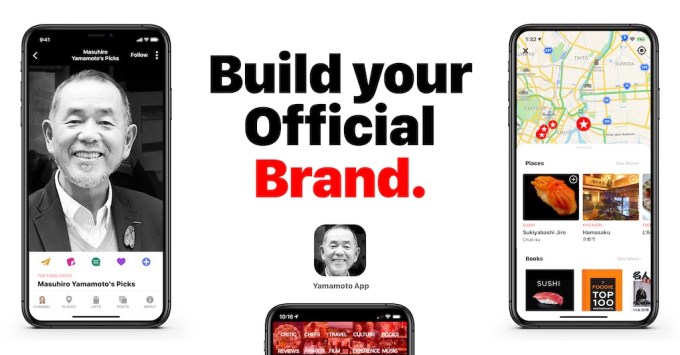Sage is giving reviewers, chefs and other experts and publishers a central place to share all their content.
To do this, the startup has created a new product called Sage Plus for Experts, which isn’t open to the public yet, but is accepting signups from those aforementioned travel experts — the kinds of experts who can share content around things to do, food, drinks, experiences and shopping.
Founder and CEO Samir Arora (who previously led Mode Media/Glam Media) suggested that a Sage profile can serve as the center of a creator or publisher’s online presence. And eventually, it could become the foundation for them to build their own personal direct-to-consumer brand.
In the announcement, Arora said the product was designed to answer a simple question: “Why does the internet not offer a simple way to show recommendations by real experts or the authentic experiences and products by the brands we trust and love?”

Back in 2017, when he first told me about his vision for Sage, Arora said his goal was to create a reliable source for location data. In an interview earlier this month, he said the plan to focus on verified sources eventually led him to this new product.
“We started to say that the only way to have verified information is to go backwards, to verify the sources of information — the journalists,” he said.
To do that, Sage starting curating a list of trusted experts, and it started working with those experts, who Arora said were asking for something like this. He showed me how someone could come onto the Sage service and quickly connect their social media accounts and author pages —after that, the profile updates automatically.
So there’s no technical expertise required, and after the initial setup, no additional work — though if they want to, experts can also post reviews and lists made specifically for Sage. They can even publish their Sage profile as a separate mobile app, and start monetizing through things like bookings and merchandise sales.
In some cases, the profile will already exist, and the expert simply needs to claim it.
“We’ve been manually curating sources while training an AI to reliably go out into the world to find people who are professionally in this business,” Arora said.
He added that Sage’s list has already grown to 5 million experts, with 200,000 active profiles. The active experts include food critic Masuhiro Yamamoto (whom you may know from “Jiro Dreams of Sushi”).
Ultimately, all expert content goes back into the broader Sage platform, and it will allow the startup to recommend trustworthy publishers and provide travel recommendations on what to do and where to go.
Source: Tech Crunch Mobiles | Sage Plus for Experts gives travel experts a central place to share their content